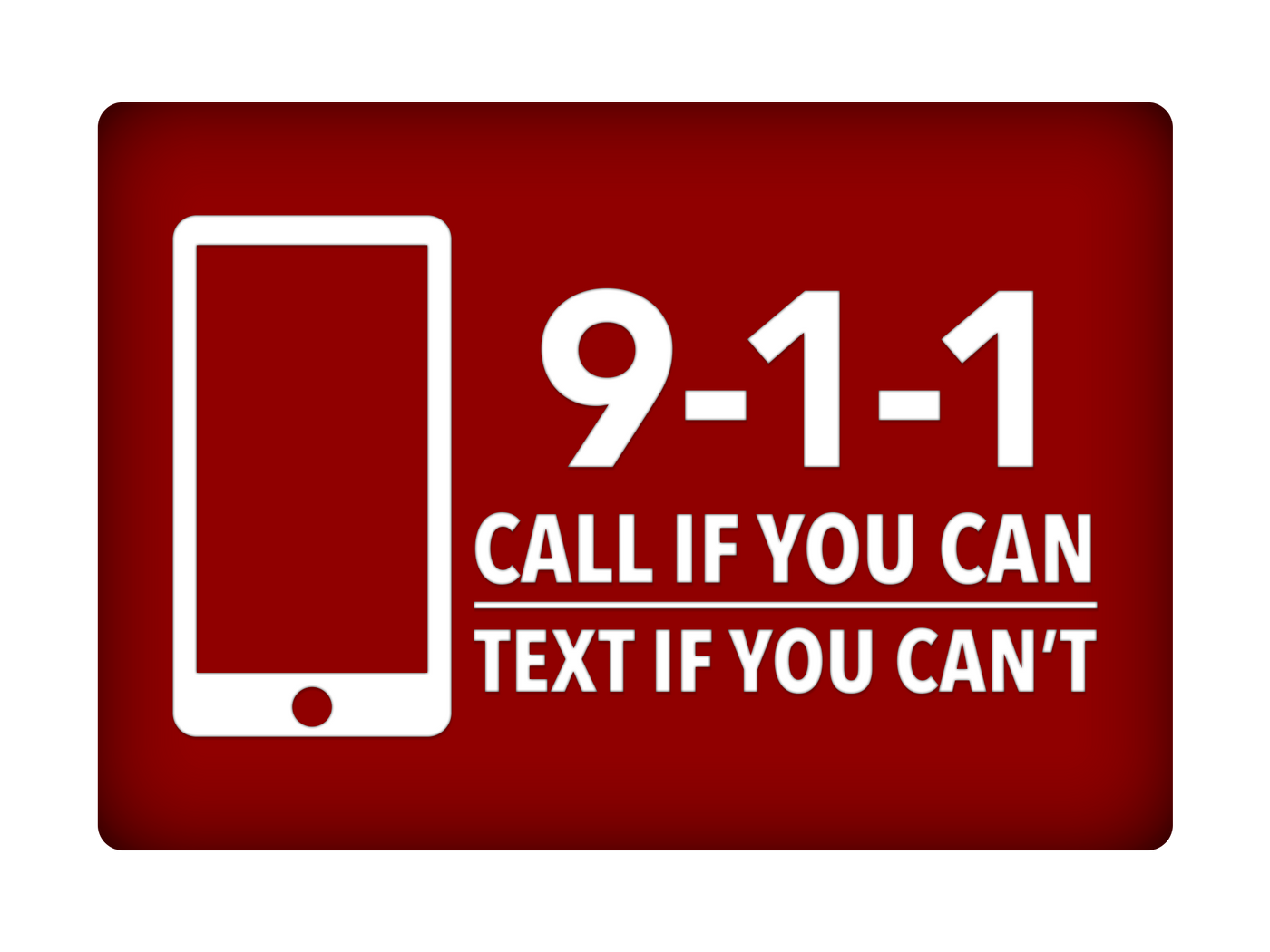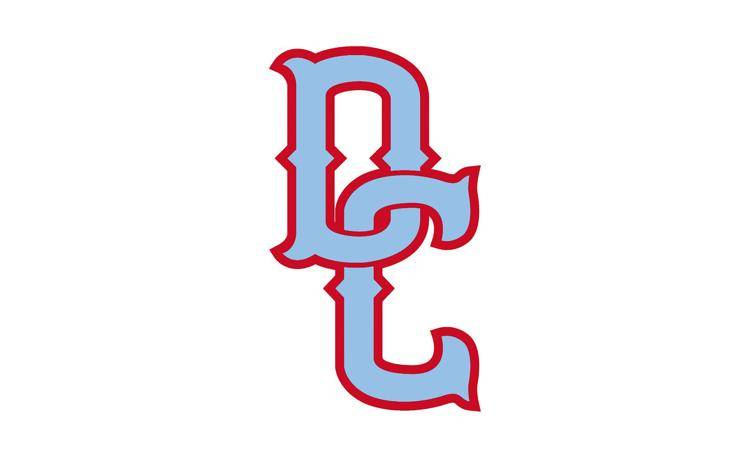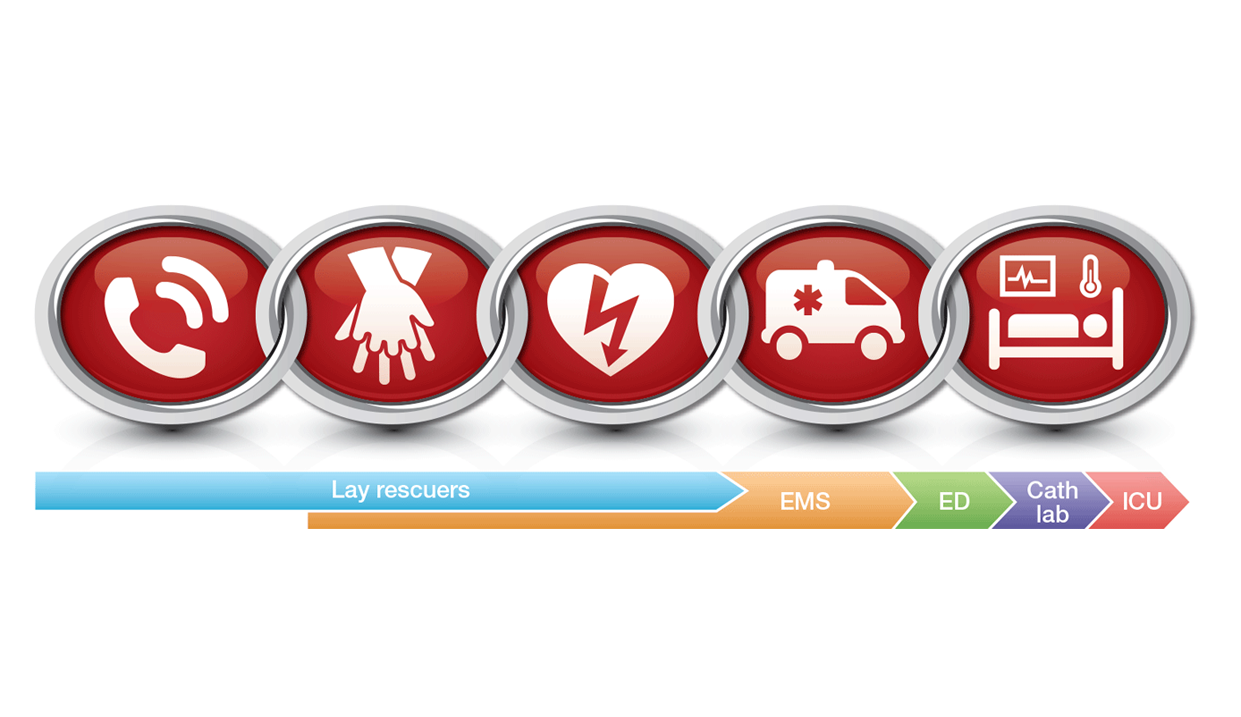Dale County Superintendent Ben Baker has always been a firm believer in Automated External Defibrillators - AEDs.
That belief is even stronger today.
Baker confirmed to the Dothan Eagle Tuesday afternoon that 15-year-old Dale County sophomore Adaveion Jackson collapsed during an early morning practice and added he was “saved” by quick action from the Warrior coaching staff, led by head coach Don Moore, with the aid of an AED.







 Why would I consider an AED for my organization?
Why would I consider an AED for my organization? What are the legal implications of establishing an AED program?
What are the legal implications of establishing an AED program? Is an AED program expensive?
Is an AED program expensive?




